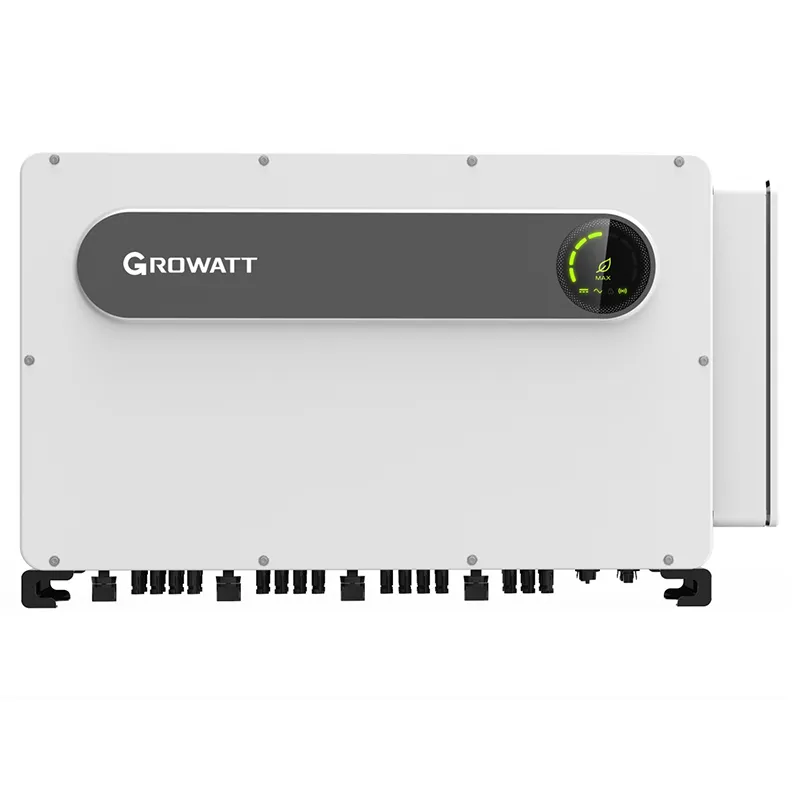Choosing the Right Size Solar Panels for Your Energy Needs and Space Constraints
Understanding Solar Panel Size Requirements for Your Needs
As the world becomes increasingly aware of the importance of renewable energy, solar panels have emerged as a popular choice for both residential and commercial applications. One of the most frequently asked questions among those considering solar energy is What size of solar panels do I need? Determining the right size is crucial for maximizing efficiency, meeting energy needs, and ensuring a worthwhile investment.
Assessing Your Energy Needs
The first step in determining the size of solar panels you need is to assess your energy consumption. This can typically be done by reviewing your electricity bills for the past year. Most utility bills will detail your monthly consumption in kilowatt-hours (kWh). By adding up your total usage annually, you can get a clear picture of how much energy you consume. For example, if your household uses 12,000 kWh per year, this figure will serve as a basis for calculating the number of solar panels required.
Understanding Solar Panel Specifications
Solar panels come in various sizes and efficiencies, typically rated between 250 to 400 watts per panel. The efficiency of a panel indicates how much sunlight it can convert into usable electricity. Higher-efficiency panels may produce more power in a limited space, making them ideal for smaller rooftops or locations with limited sunlight exposure.
To calculate the number of panels needed based on your energy consumption, you must first determine the amount of energy a single panel can produce. Assuming an average panel generates around 300 watts, and you receive an average of 5 hours of sunlight per day, that single panel would produce approximately 1.5 kWh daily (300 watts x 5 hours). Over a year, this equals about 547.5 kWh (1.5 kWh x 365 days).
Using our earlier example of a household consuming 12,000 kWh annually, you could divide this figure by the annual output of a single solar panel.
\[ \text{Number of Panels} = \frac{12,000 \text{ kWh}}{547.5 \text{ kWh}} \approx 22 \text{ panels} \]
This calculation suggests that you would need around 22 solar panels of 300 watts each to completely cover your energy usage, assuming optimal conditions.
solar panels what size do i need

Space Considerations
While calculating the number of panels is essential, the available space for installation is equally important. Most standard solar panels measure about 65 inches by 39 inches, and you will need sufficient roof space to accommodate your desired system size. For example, a 22-panel setup would require around 400 square feet if arranged efficiently.
It’s crucial to also consider any obstacles such as chimneys, vents, or trees that may block sunlight from reaching the panels. Ideally, solar panels should be installed in areas that receive maximum sunlight for most of the day.
The Role of Local Climate
Your geographical location significantly impacts the amount of energy your solar panels can produce. Areas with more sunshine hours, such as the southwestern United States, will yield better performance compared to regions with frequent cloud cover or shorter daylight hours.
To factor in local climate variations, consult with a solar installation professional who can provide insights based on historical solar irradiance data for your region. They can help you adjust the expected energy output of your planned solar setup accordingly.
Conclusion
Determining the size of solar panels you need is not a one-size-fits-all answer; it depends on your energy needs, the efficiency of the panels, available installation space, and local climate conditions. By assessing your energy consumption and understanding the specifications of solar panels, you can make an informed decision that meets your renewable energy goals.
Investing in solar power is a long-term commitment that not only helps reduce your carbon footprint but also provides potential savings on energy costs. By accurately calculating panel size, you can ensure that your solar energy system is tailored to fit your unique requirements, paving the way for a sustainable future. If you’re considering solar energy, consult a trusted solar provider to get customized recommendations based on your specific needs.
-
Unlocking Energy Freedom with the Off Grid Solar InverterNewsJun.06,2025
-
Unlock More Solar Power with a High-Efficiency Bifacial Solar PanelNewsJun.06,2025
-
Power Your Future with High-Efficiency Monocrystalline Solar PanelsNewsJun.06,2025
-
Next-Gen Solar Power Starts with Micro Solar InvertersNewsJun.06,2025
-
Harnessing Peak Efficiency with the On Grid Solar InverterNewsJun.06,2025
-
Discover Unmatched Efficiency with the Latest String Solar InverterNewsJun.06,2025







